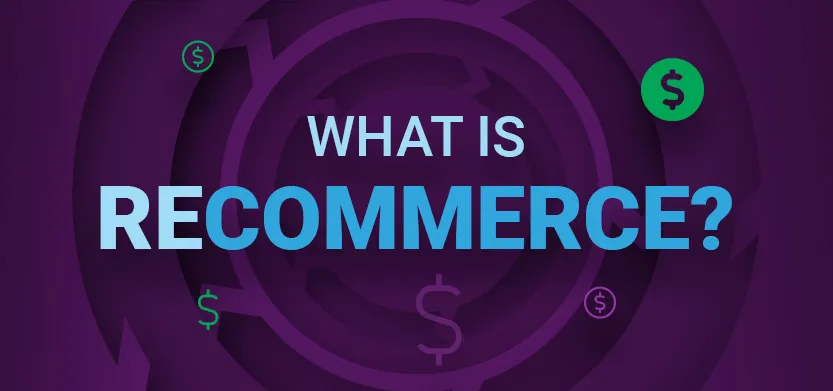
Posted in Digital Commerce
January 7, 2021
Is recommerce a good digital strategy for retail?
Recommerce, or resale commerce, has grown by leaps and bounds through ecommerce sites and online marketplaces (think Craigslist and eBay) in the last 10+ years. Starting with unique second-hand online boutiques like thredUp, we are now seeing this sustainable commerce strategy pop up everywhere. Facebook’s Marketplace, vintage resellers on Etsy, and The RealReal, one of the gold standard sites for authenticated luxury consignment.
How does it work?
While resale has generally been regulated to consignment and thrift stores, some big brands are getting into the game digitally, each in a little different way:
- Levi’s Second Hand is offering a resell program where you receive a gift certificate for dropping off your well-loved Levi’s denim at participating locations and it is resold online through Levi’s branded site.
- Ikea has created a buy-back and reselling program to extend the life cycle of their furniture. You can get in-store credit for your gently used Ikea furniture, or shop their selection of selectively chosen pre-loved pieces for big discounts.
- The original resell marketplace eBay has created the Certified Refurbished hub, where you can find brand-name professionally refurbished electronics and small appliances for less than regular retail.
Who buys recommerce items?
Well, the digital-savvy, socially conscious, up-and-comers are the ones fuelling digital recommerce. Millennials and Gen Z shoppers are the ones powering this movement. They feel good about buying sustainably, and in doing so, they also help reduce the carbon footprint of the goods they are purchasing. Not paying full retail price also doesn’t hurt the allure of recommerce in their eyes either.
What are the benefits of recommerce?
Recommence has lots of benefits. People can earn money or credit from products they no longer want, or price-conscious consumers get good quality products at discounted prices. Other benefits are:
- Sustainability: recycling and reusing products reduces the demand for new ones. This, in turn, reduces the demand for raw materials and lowers energy usage in factories, and reduces the emission of harmful gases and the accumulation of textile waste in landfills.
- Saving money: secondhand items come at a discount price, saving consumers money or allowing them to purchase items that may have previously been out of their price range.
- Promotes conscious consumption: people buy items that have good resale value, and once they have finished with them, they are more likely to resell them.
- Encourages recycling: recommerce offers people the opportunity to recycle items that they no longer need but that are still of good quality.
How can recommerce help traditional retail?
Developing a digital recommerce strategy won’t work for all traditional retail. However, we are seeing more and more brands open up digital commerce sites that cater to the savvy shopper. A buy-back program has a few more moving parts than a straight-sell operation but with the right planning, strategy and implementation, brands can reap the rewards of extending their product life cycle. Rewards not only include the money that comes from a resold product, but also the social rewards and influence that come with being in touch with the youthful generation.
Ultimately, if consumer goods brands and traditional retail don’t want to develop a digital recommerce strategy, it doesn’t take anything away from them. The shift in consumer behaviour away from brick and mortar locations will affect how business is done, but smart business owners will adapt.
What traditional retail will miss out on by not taking steps to form a recommerce strategy is the extended life cycle of their products. Other resellers and consignment businesses will reap those rewards. Rewards that could translate to as much as $51 billion by 2023. Doesn’t it make sense to try to get a piece of that pie back?
Are you interested in adding a recommerce strategy to your existing site? Or finding out if it is even possible? Have a chat with one of our ecommerce consultants today.


